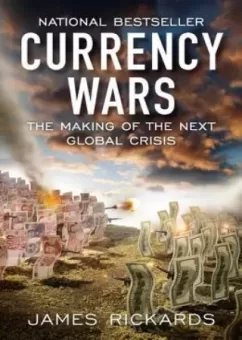Conclusion
By 1921, the table was set for the first modern currency war. The classical gold standard had acted as an intellectual magnet, a monetary North Star that framed the debate over what kind of system was needed in the 1920s to restart international capital flows and world trade. World War I and the Treaty of Versailles introduced a new element, not predominant in the gold standard age, of massive, interlocking and unpayable sovereign debts, which imposed an insurmountable obstacle to normalized capital flows. The creation of the Federal Reserve System and the role of the New York Fed in particular heralded the arrival of the United States on the international monetary scene as the dominant player and not just another participant. The potential for the Fed to reliquify the system through its own money printing efforts was just coming into full view. By the early 1920s, nostalgic affection for the prewar classical gold standard, tension over unpayable reparations and uncertainty about the money power of the Federal Reserve all conditioned the creation of a new international monetary system and the course of Currency War I.




